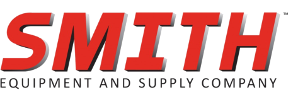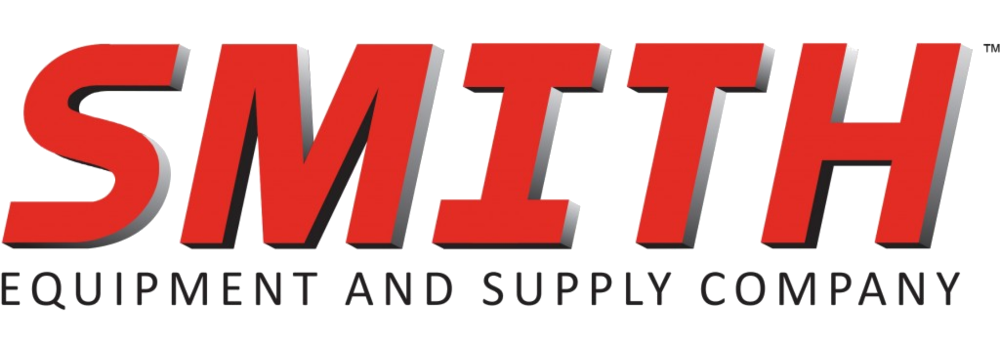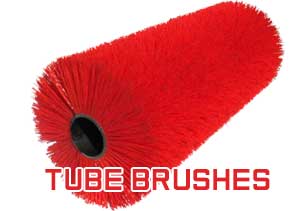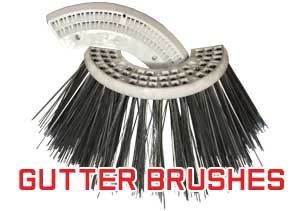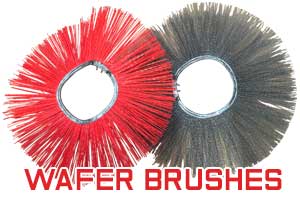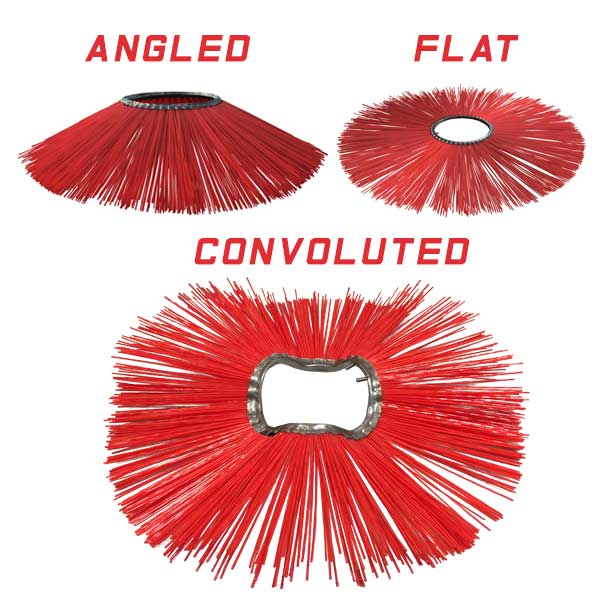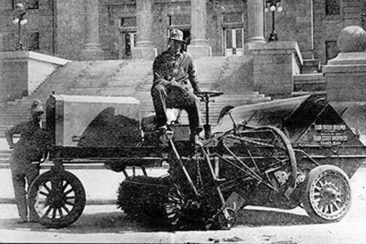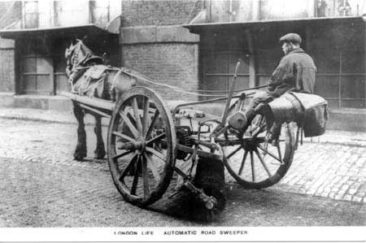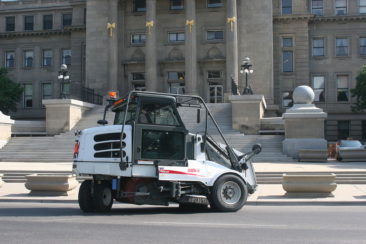The Rotary Brush Family
Our rotary brushes are compatible with any street sweeper brand. We're fully compatible with brands like:
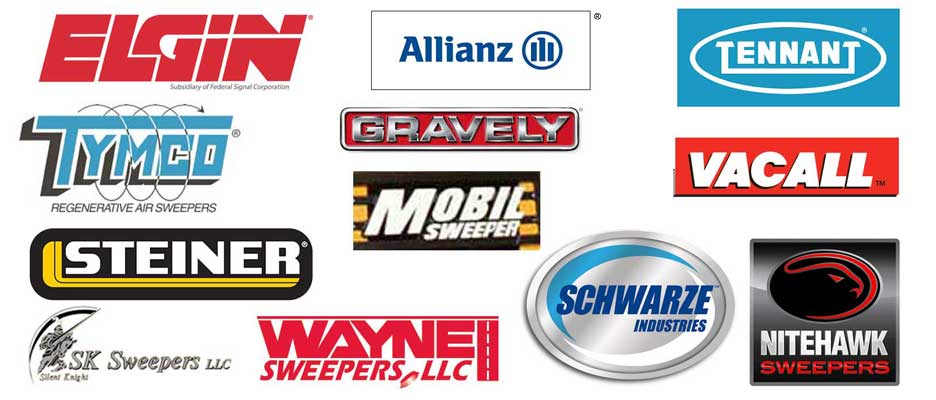
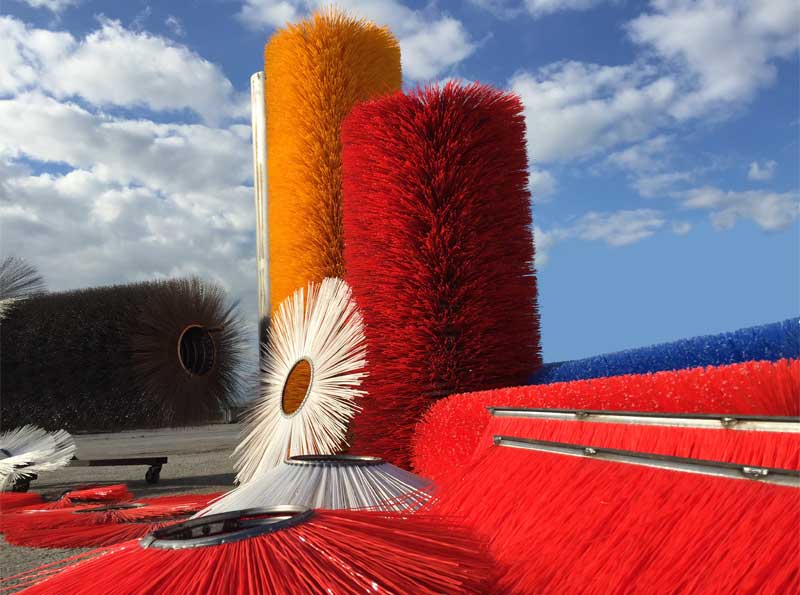
Main Brushes
Smith Equipment is proud to offer compatibility with all current sweepers. If you have any special needs for a mounting plate or lug, please let us know when you order. Our machine and fabrication shops can manufacturer any mounting plate or lug system.

Additional Rotary Brush Applications
Open tube rotary brushes are also used with the Challenger 1. This sweeper is designed to complete a changeover in under two minutes with one person and no tools.
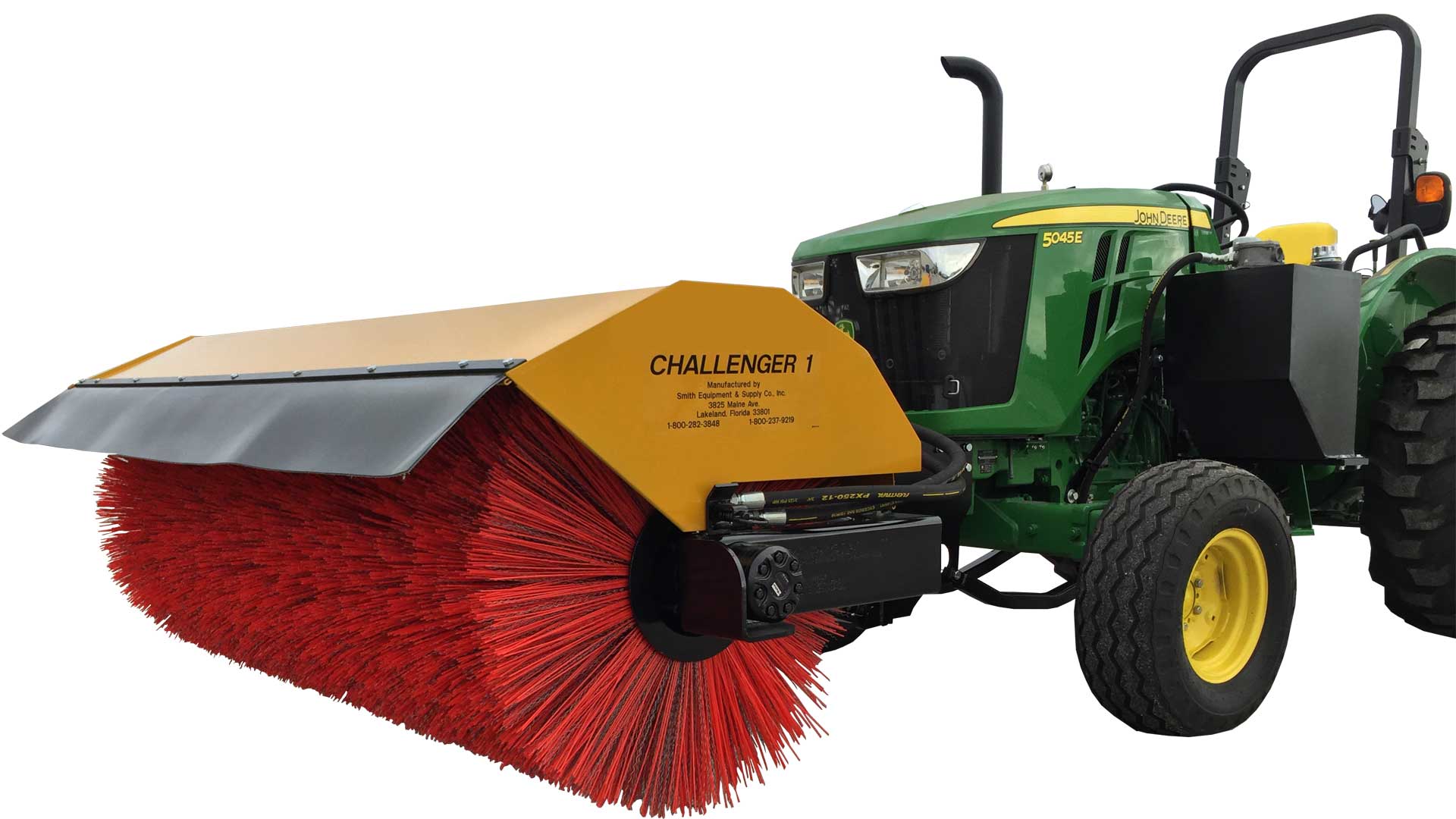
Rotary Core Styles
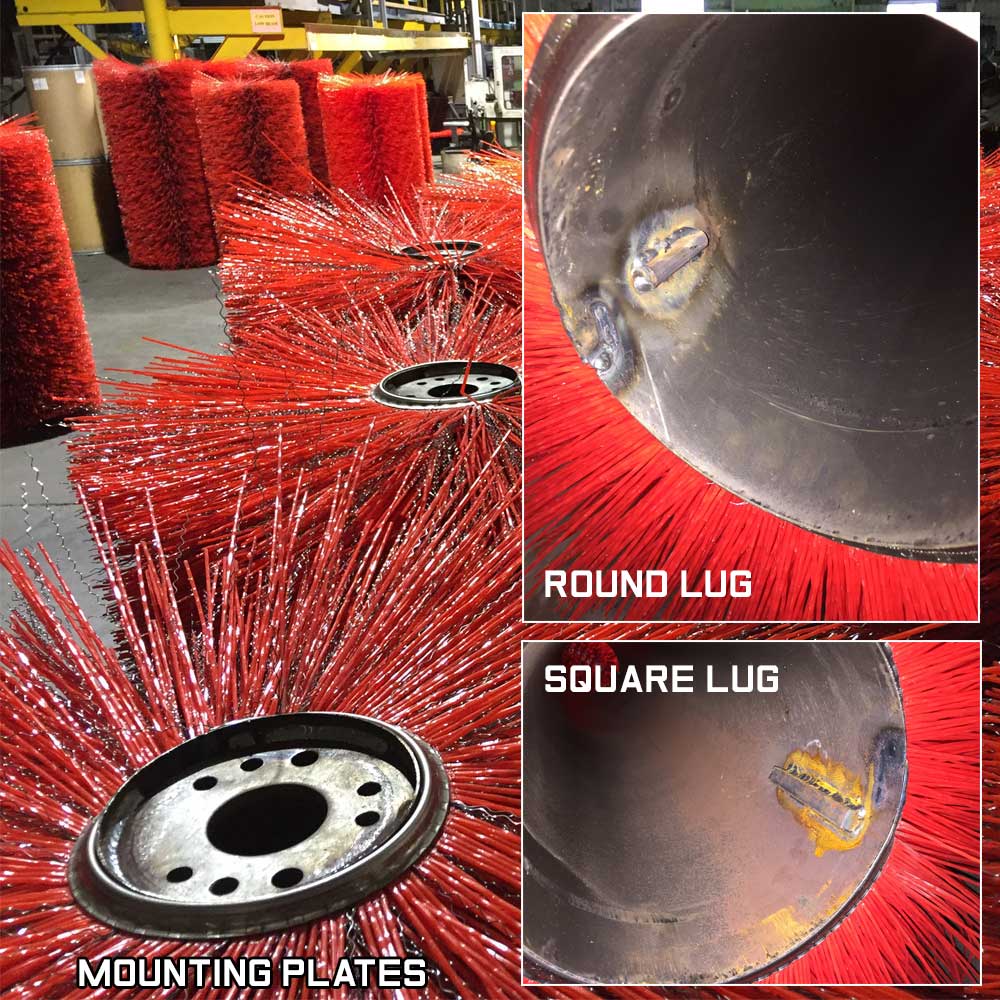
Gutter Brooms
Our gutter brushes use patented steel wire that is stronger than traditional wire found in most industrial brushes. This specially forged steel allows for longer periods of use and increases the overall lifetime of the gutter brush. We build out gutter brushes to outlast the competition and provide the longest on-the-job time over any competitor.
Wooden Round Top brushes are available from 12'' to 24'' diameter widths.

Wafer Brushes : Angled, Convoluted, and Flat
Wafer brushes are a great alternative to more traditional sweeper brooms. Individual segments can be replaced as needed which allows for longer performance and time on-the-job.
Convoluted wafers are exceptional for tasks that require additional sweeping motion whereas angled wafers can serve as a cheap alternative to gutter brooms and more. In the field, the use of wafers is unique to the job. We recommend contacting our experienced staff to consult which wafer is best for the task at hand.
6 3/8'' x 21'' - 10'' x 46''
Materials:
Polypropylene
Carbon Steel Wire
Carbon Steel Wire and Polypropylene Mix
Types:
Flat
Convoluted - Steel ring is pressed into waves for channeled sweeping
Angled - Bristles are angled downward for rotational sweeping
History of the Rotary Brush
Since its initial patenting in 1849, C.S. Bishop developed the first street sweeping brush made from rotating wooden disks with wire bristles. These simple machines were usually belt driven, horse pulled, and served as simple mechanical brooms. 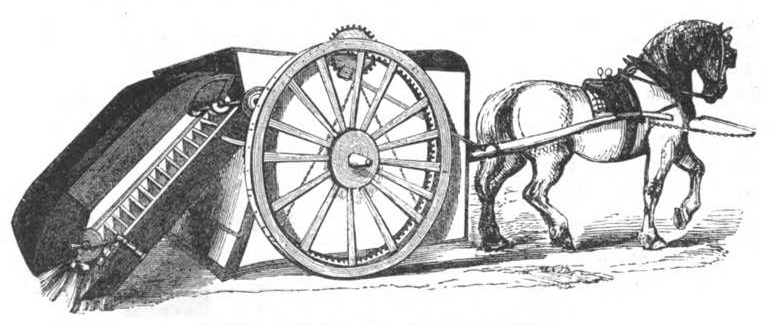 The first self-propelled street sweeper was patented on March 17th 1896. Charles Brooks, the inventor of the new street sweeper design, included many modern mechanisms that we still use today. The street sweeper had drive wheels and elevated belts for carrying debris that was all powered by an endless chain. It ran all of the rotary brushes and gears inside the sweeper. Back then, everything was powered by horsepower and the main axel’s mechanical energy.
The first self-propelled street sweeper was patented on March 17th 1896. Charles Brooks, the inventor of the new street sweeper design, included many modern mechanisms that we still use today. The street sweeper had drive wheels and elevated belts for carrying debris that was all powered by an endless chain. It ran all of the rotary brushes and gears inside the sweeper. Back then, everything was powered by horsepower and the main axel’s mechanical energy.
Then a legendary brand came into the street sweeping industry, Elgin.
John Murphy had a plan for the first motor driven pickup street sweeper and approached the owners of the American Tower and Tank Company. After an interview with the owners, John Murphy was hired and sold their first sweeper to the city of Boise, Idaho. The city commissioner there bought the sweeper after a demonstration and concluded that his municipality could save over $2,000 by replacing 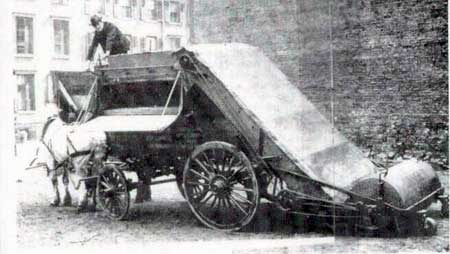 their horse drawn sweepers. The age of the modern motorized sweeper was borne.
their horse drawn sweepers. The age of the modern motorized sweeper was borne.
Street Sweeper Brushes were only effective at removing larger particles of debris from streets and roadways. In the 1970s, water quality was a hot issue. The smaller particles left behind by street sweepers became a catalyst for water pollution. Reform took place. Modern sweepers can now collect both large and small particles and offer a higher level of street cleanliness.
The mechanical rotary brush and brooms have always served next to their sweeper counterparts. While technology has advanced over the last century, 90% of all sweepers in service today are still from the mechanical broom category.
Manufacturing Sweeper Brushes
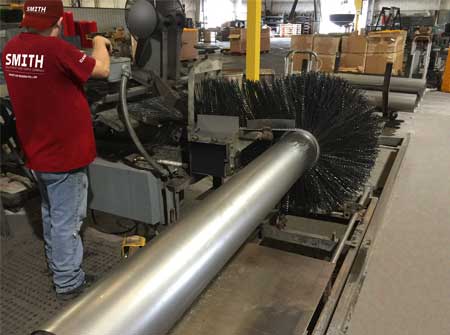 Sweeper brushes are made in our in-house factory in Lakeland, Florida. Our commercial sweeper brushes use a cold rolled steel core that is welded together. We never re-use old cores to offer only the highest quality steel and to prevent safety accidents. Older cores that have been reused can fail and break up during sweeping. To prevent such an occurrence, we use only new steel from our supplier.
Sweeper brushes are made in our in-house factory in Lakeland, Florida. Our commercial sweeper brushes use a cold rolled steel core that is welded together. We never re-use old cores to offer only the highest quality steel and to prevent safety accidents. Older cores that have been reused can fail and break up during sweeping. To prevent such an occurrence, we use only new steel from our supplier. Our broom rolling line uses semi-automated machinery to assemble the sweeper brushes. Sweeper brush cores are seen in the image to the right. The core is placed on a mandrel and the mandrel is then slowly rotated. During it's rotation, steel channels bend and contract around the desired bristle material and wraps the entire channel around the core. The sweeper brush can be wrapped at various coil spacings. The larger the spacing, the less bristles will be wrapped onto the core. The smaller the coil space, the more dense the bristles will be. Coil space refers to the space between each channel as it's wrapped around the sweeper brush core.
The bristles are produced in a separate manufacturing line as continuous crimped bundles. Those bundles are fed to our broom rolling machines. The ability to make our own plastic material for the sweeper bristles helps keeps our costs competitive and pass that saving to our customers. Bristles are made of polypropylene, steel wire, or a combination of the two.
